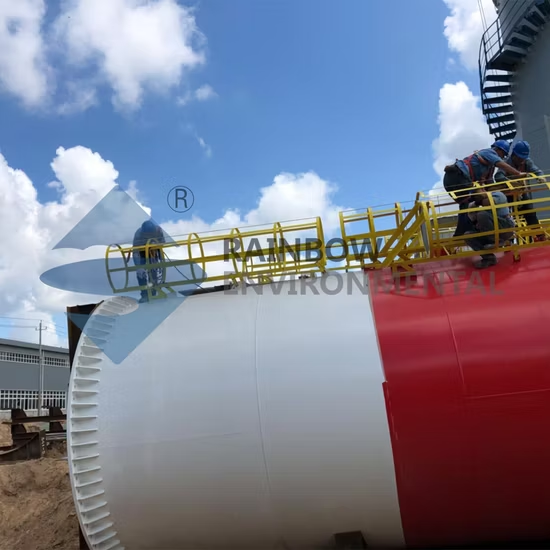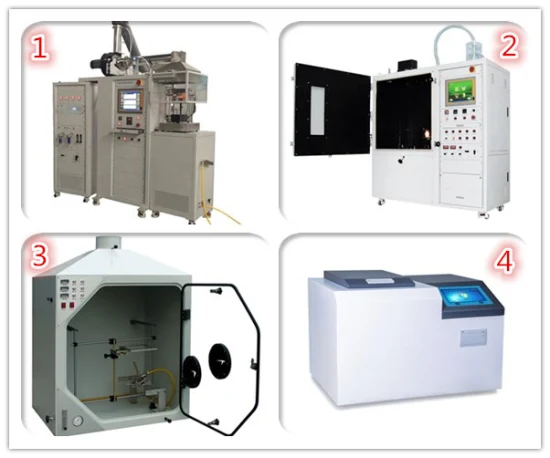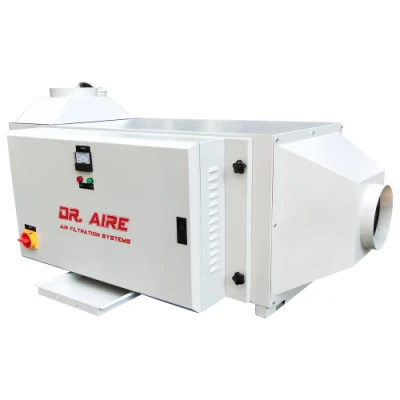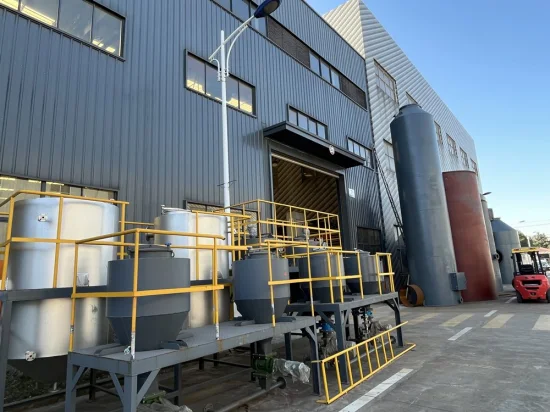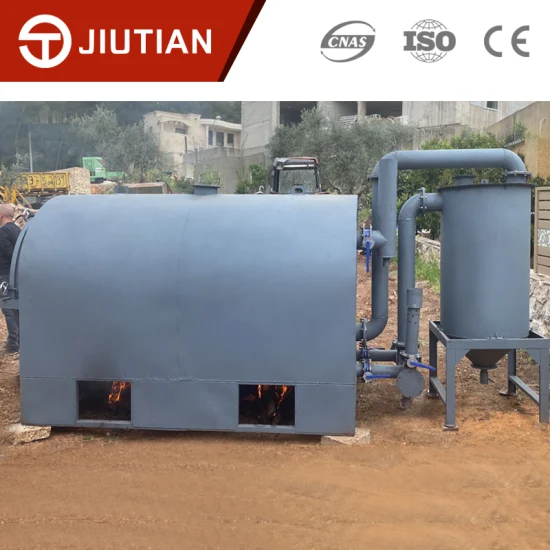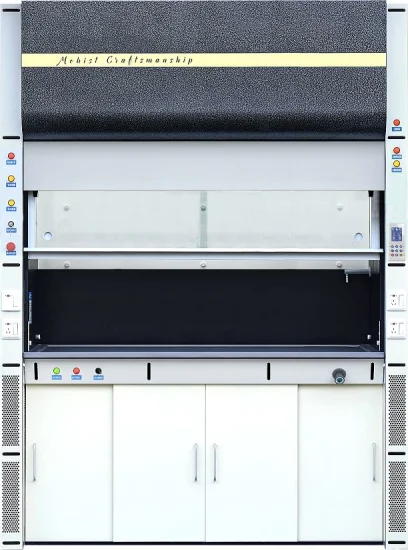
CE Certified Low Face Velocity Energy Saving Chemical Fume Hood
Description
Basic Info.
| Model NO. | YB-1500A |
| Feature | Corrosion Resistance, Heat Resistant, Acid & Alkali Resistant, Fireproof, Explosion Proof |
| Hood Type | Standard |
| Color | Grey |
| Customized | Customized |
| Condition | New |
| Application | Office Building, Hospital, School |
| Face Velocity | 0.5 |
| OEM | Yes |
| Cabinet | PP |
| Liner Material | Ceramic Fiber Board |
| Input Power | 380V/50A |
| Worktop | Ceramic |
| Product Name | Fume Cupboard |
| Transport Package | Standard Export Wooden Case Packing |
| Specification | 1500W*1205D*2400H (MM) |
| Trademark | Ample |
| Origin | Chengdu, China |
| HS Code | 8414809090 |
| Production Capacity | 200 Set/Month |
Packaging & Delivery
Package Size 1900.00cm * 900.00cm * 2100.00cm Package Gross Weight 500.000kgProduct Description
Product DescriptionA fume hood, technically a laboratory chemical hood, is a type of local exhaust ventilation system (engineering control). A typical fume hood is cabinet with a moveable front sash (window) made out of safety glass. Air is drawn into the hood under and through the opened sash and is exhausted through openings in the rear and top of the cabinet to a remote point such as an exhaust stack on the roof of the building.
A properly used and properly functioning fume hood exhausts hazardous gases, dusts, mists, and vapors from a confined location and helps protect workers from inhalation exposure.
A biological safety cabinet is similar to a fume hood in outward appearance but is designed for work with pathogens (infectious microorganisms) or materials contaminated with pathogens requiring a specific biosafety level.
Biosafety cabinets (BSC's) are designed to protect the user, the environment, and the material whereas fume hoods are designed to protect the user and others in that workspace. For example, a fume hood typically exhausts a toxic chemical to a roof stack where it is diluted to such a low concentration that it is unlikely to harm someone. In contrast, it would be a very bad idea to release a pathogen such as Ebola or virus to the environment, even if diluted, so biosafety cabinets are equipped with HEPA filters to remove the biological material. Biological safety cabinets may not be safe for use with toxic chemicals unless they exhaust the filtered air outside the lab/work space. There has been at least one report of an explosion caused by the use of flammable chemicals in a BSC.
| Model Specification | WJ-1500A | WJ-1500B | WJ-1800A | WJ-1800B |
| External dimensions of equipment(mm) | 1500(W)*1205 (D) *2400 (H) | 1800(W)*1205 (D) *2400 (H) | ||
| Dimension of works pace (mm) | 1260(W1)*780(D1) *1100 (H1) | 1560(W1)*780(D1) *1100 (H1) | ||
| Panel material | 20+6mm thick butterfly ceramics | |||
| Material of internal lining board | 5mm thick ceramic fiber board | |||
| Diversion structure | Lower air return | |||
| Control system | Button control panel (LCD panel) | |||
| PH value control | The medium is alkaline water solution; manual monitoring, and manual control through acid pump and alkali pump. | |||
| Input power | Three-phase five-wire 380V/50A | |||
| Current for air fan | Not over 2.8A(380V or 220V can be directly connected) | |||
| Maximum load of socket | 12 KW(total of 4 sockets) | |||
| Water tap | 1 set (remote control valve + water nozzle) | No | 1 set (remote control valve + water nozzle) | No |
| Water discharge way | Magnetic chemical pump strong discharge | |||
| Using environment | For non-explosion indoor use, within 0-40 degrees Celsius. | |||
| Applicable fields | Inorganic chemistry experiment; Food, medicine, electronics, environment, metallurgy, mining, etc. | |||
| Ways of Purification | Spray sodium hydroxide solution, no less than 8 cubic meters/hour | Spray sodium hydroxide solution.no less than 12 cubic meters/ hour | ||
| Ways of surface air speed control | Manual control (through the electric air valve to adjust the exhaust air volume or adjust the height of the moving door) | |||
| Average surface air speed | 0.6-0.8 m/s Exhaust air volume: 1420-1890m3/h (when door height h =500mm) | 0.6-0.8 m/s Exhaust air volume: 1760-2340m3/h (when door height h =500mm) | ||
| Speed deviation of surface air | Not higher than 10% | |||
| The average intensity of illumination | Not less than 700 Lux; Standard white and uv-free yellow LED lamps; The illumination is adjustable. | |||
| Noise | Within 55 decibels | |||
| Flow display | White smoke can pass through the exhaust outlet, no overflow. | |||
| Safety inspection | No spikes, edges; Charged body and the exposed metal resistance is greater than 2 mQ; Under 1500V voltage, no breakdown or flashover occurred for 1min test. | |||
| Resistance of exhaust cabinet | Less than 160 pa | |||
| Power consumption | Less than 1.0kw/h (excluding power consumption of fans and external instruments) | Less than 1.2kw/h (excluding power consumption of fans and external instruments) | ||
| Water consumption | Less than 3.2L/ h | Less than 4.0L/ h | ||
| Performance of wind compensation | With a unique wind compensation structure, the volume of the wind will not cause turbulence in exhaust cabinet and will not directly blow to the staff (need to connect to the air compensation system of the laboratory) | |||
| Air volume regulating valve | 315mm diameter flanged type anti-corrosion electric air flow regulating valve (electric contact actuator) | |||
1. Check to be sure the hood has been inspected within the last 12 months.
2. Read the Safety Data Sheets for materials being used in a hood. Note the physical, chemical, and toxicological properties of materials being used before hand.3. Turn on the light for proper illumination.4. Keep the hood clear of clutter and unused materials. Do not use a hood for long term storage. Storage reduces air flow and compromises hood capture efficiency.5. All work should be done at least six inches from the front of the hood.6. When large equipment is used, place on blocks to allow for a two inch air flow gap under the equipment.7. Always lower the sash when not working in the hood.8. Never place your head in the hood while an experiment is on going.9. Avoid quick movements while working or passing in front of the hood. Rapid movements may cause turbulence or a backwash resulting in hazardous vapor escape.10. Campus Facilities Maintenance can adjust the baffle according to the nature of the work:11. Fume hoods are not to be used for disposal of unwanted material. The cap of the unwanted materials bottle must seal the container.12. Hoods designated for radioactive material use need to be approved by Radiation Safety before use.13. Use of perchloric acid must be in a properly operating Perchloric Acid Hood with water wash capabilities.
Detailed Photos
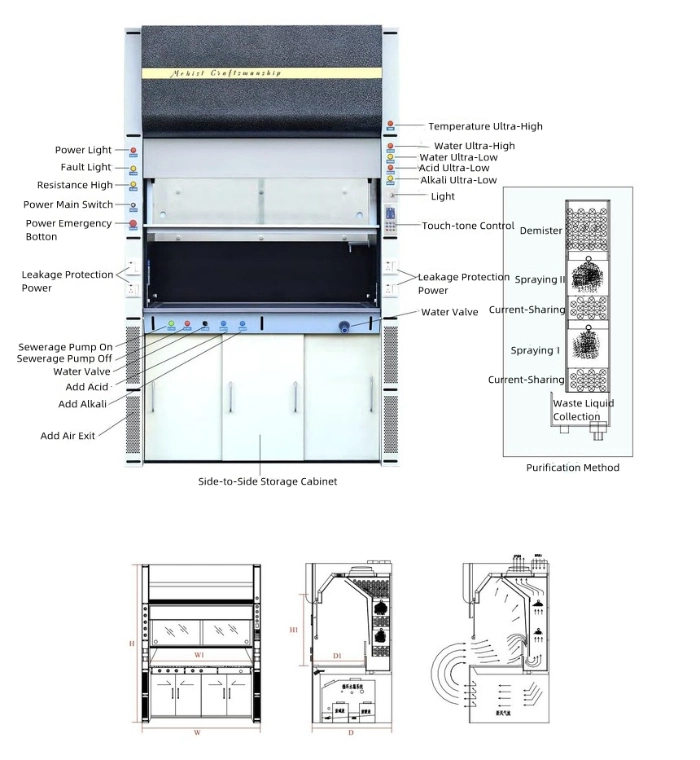
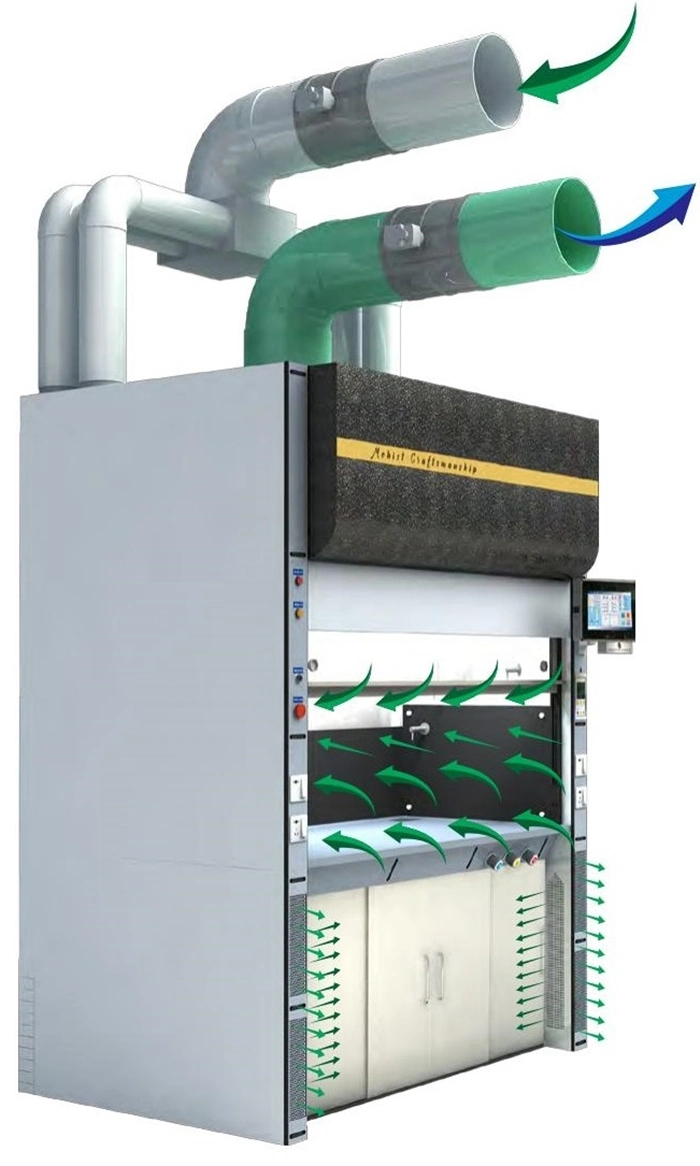
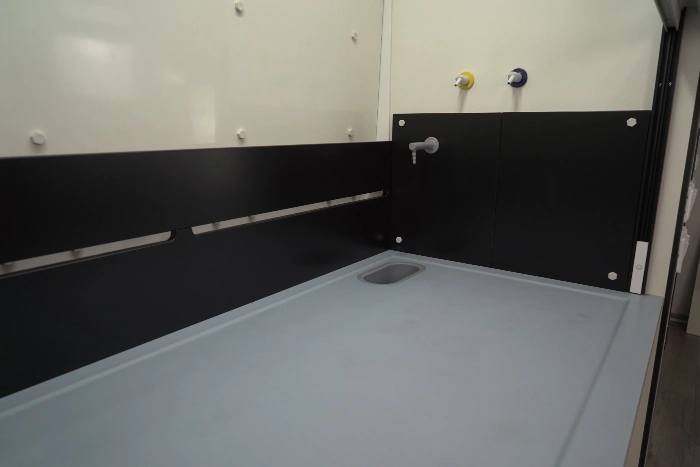
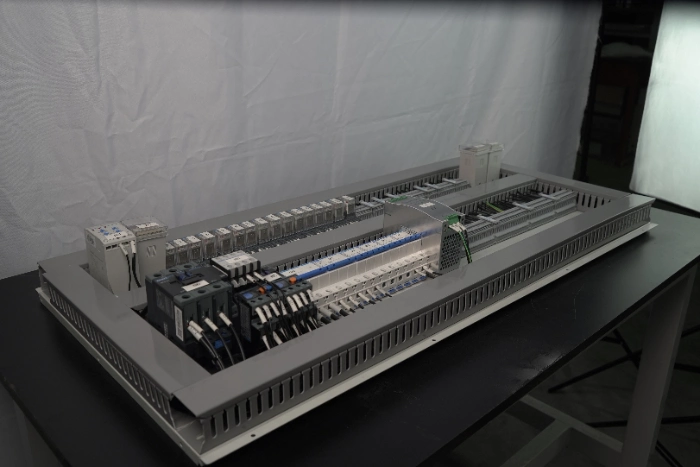
How a Fume Hood Works
A fume hood is a ventilated enclosure in which gases, vapors and fumes are captured and removed from the work area. An exhaust fan situated on the top of the laboratory building pulls air and airborne contaminants through connected ductwork and exhausts them to the atmosphere.
Depending on its design, the sash may move vertically, horizontally or a combination of the two and provides some protection to the hood user by acting as a barrier between the worker and the experiment.
The slots and baffles within the hood direct the air and, in many hoods, can be adjusted to allow the most even flow. It is important to prevent the baffles from becoming blocked, by excessive material storage or equipment, since this significantly affects the exhaust path within the hood and as a result, the efficiency of hood capture.
The beveled frame around the hood face, called the airfoil, allows for even air flow into the hood by eliminating sharp curves to reduce turbulence.
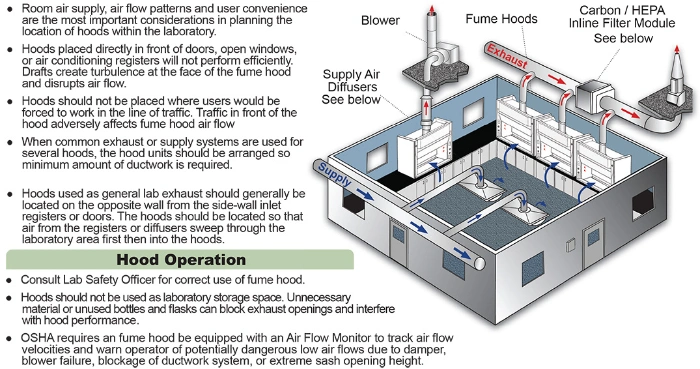
Our Contact


